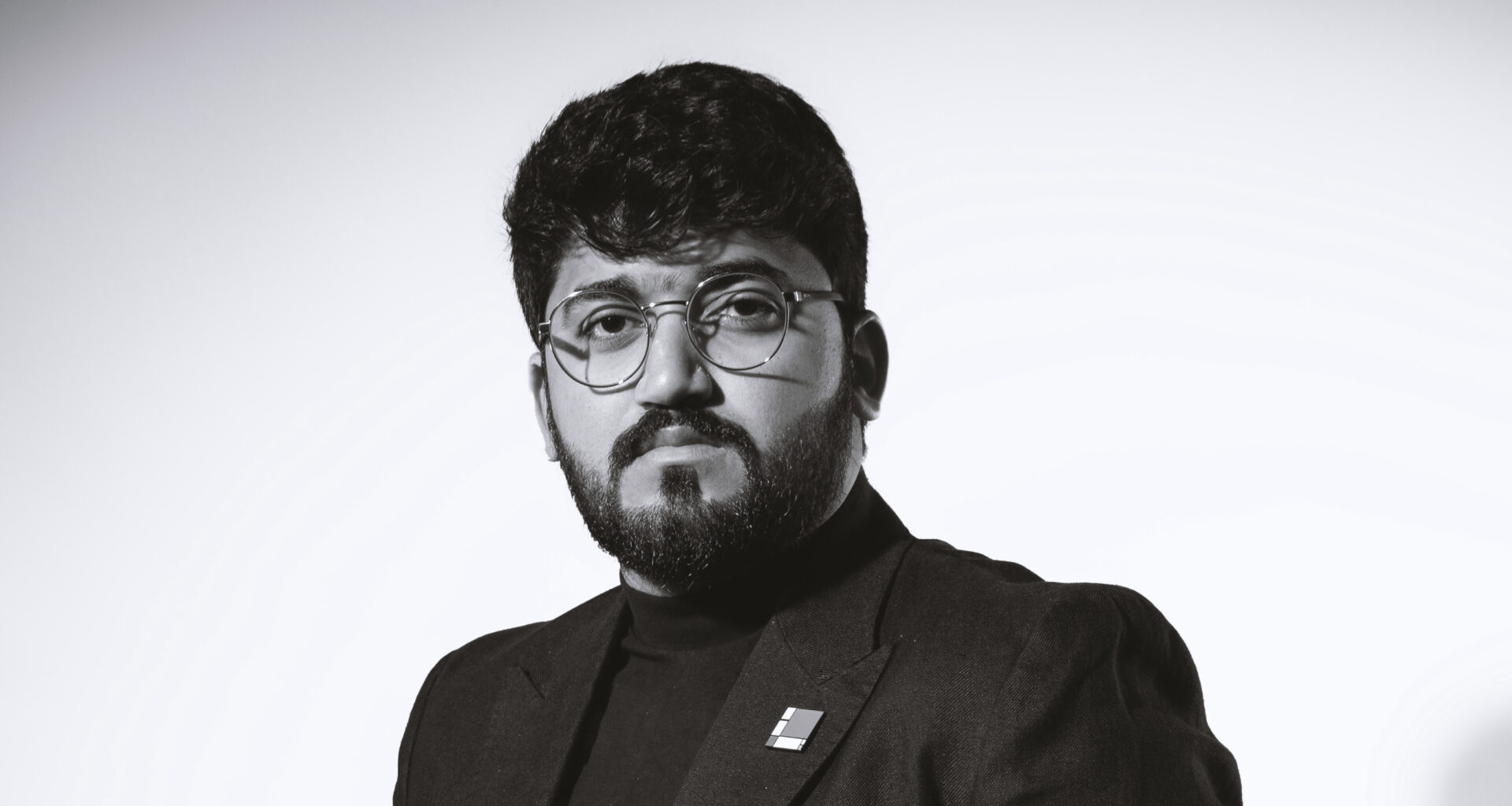There are several reasons why architects should study their hometown. First, architects need a deep understanding and familiarity with the local culture, history, and context to inform their design decisions. Second, they can engage with the community to gather insights, enabling creative solutions to specific issues or needs. Finally, it offers a meaningful and rewarding experience, allowing architects to explore and learn more about their hometowns.
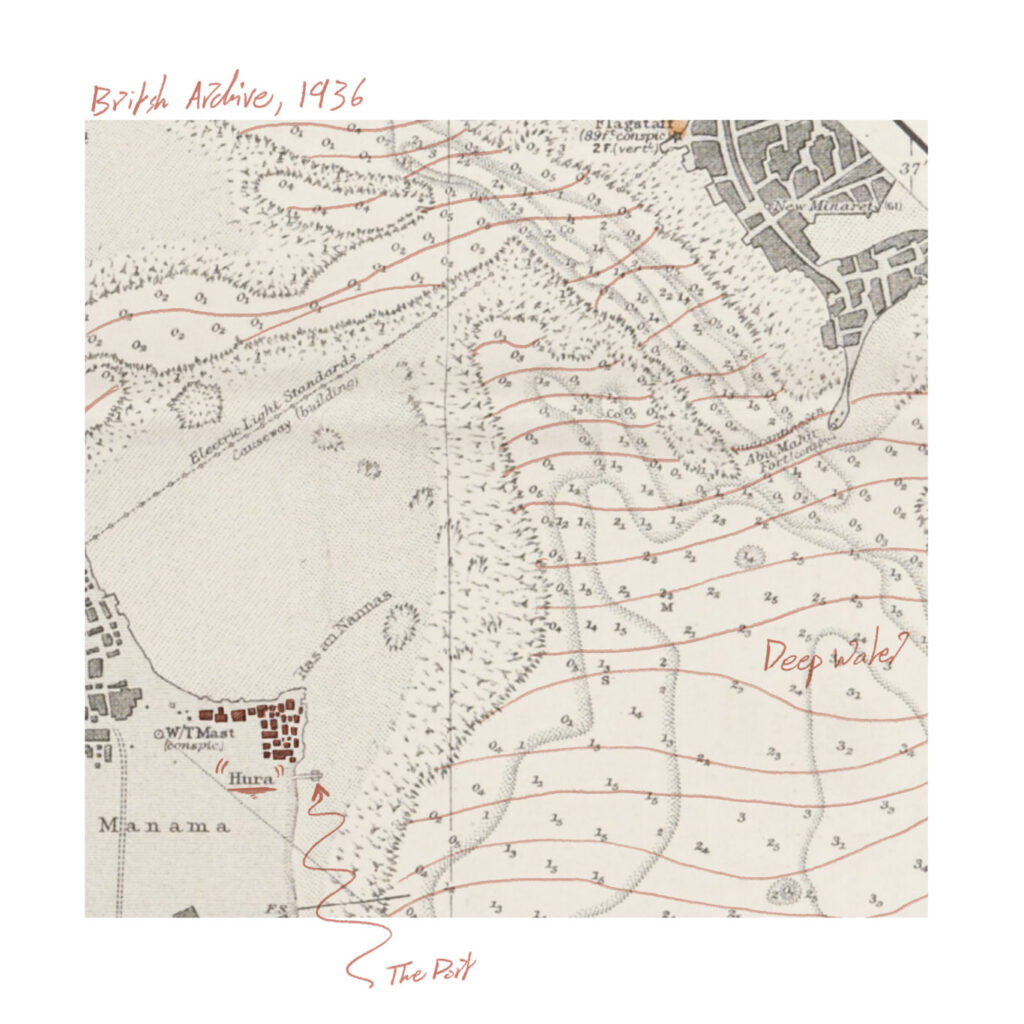
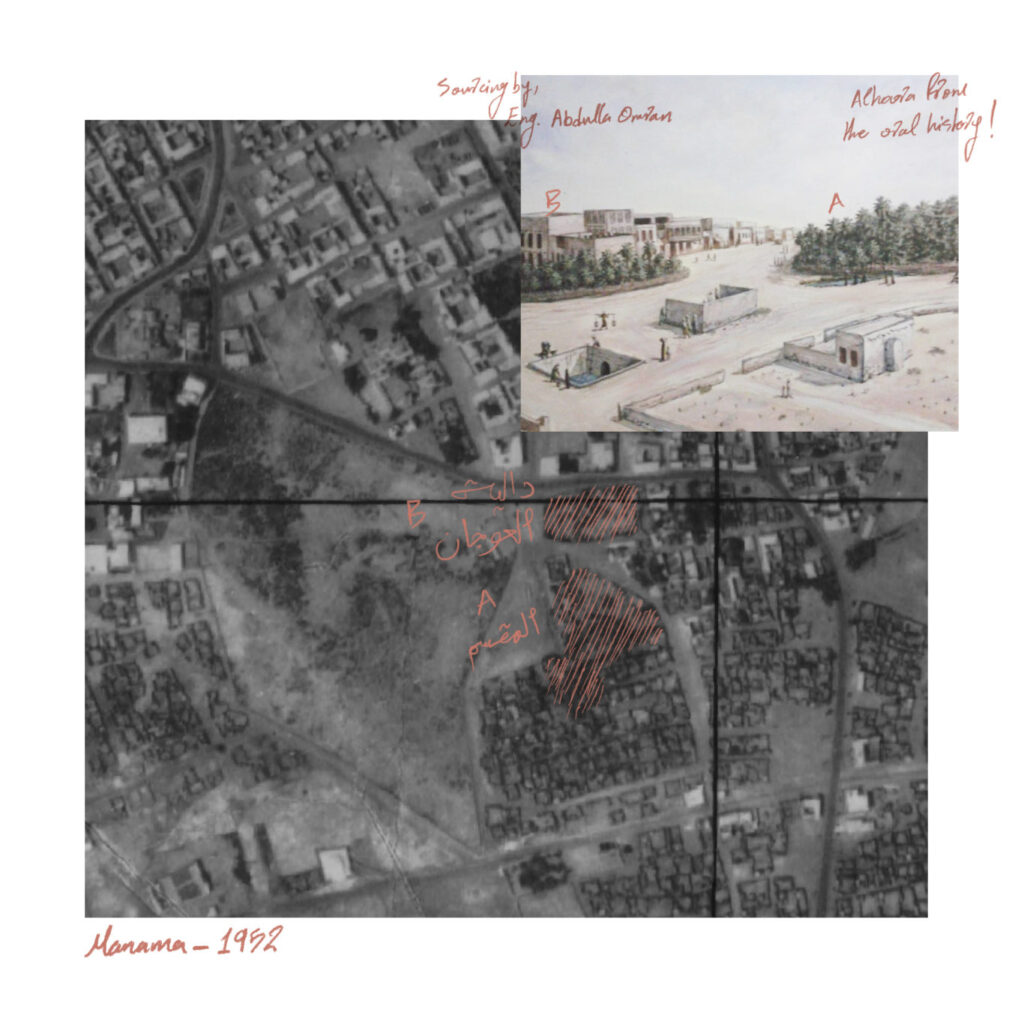
Jaffar Al Haddad is a Bahraini architect born and raised in Manama City. He has spent a significant amount of time exploring and learning from the city, leading him to practice art and design relevant to his community for at least ten years. His journey began as an attempt to unravel the intricate tapestry of his heritage within the urban context of Manama City. However, it quickly evolved into a study of the multifaceted relationship between people and their environment, shaped by factors ranging from the city's historical roots to the behaviors and lifestyles of its inhabitants.
At its core, Jaffar aims to preserve authenticity in a rapidly changing world. "My mission is to maintain the genuine essence of places while addressing the challenges of contemporary life," said Jaffar. The foundation of his exploration was laid during walks with his grandfather, tracing a path from Al Hoora to the bustling heart of Manama. This journey allowed Jaffar to witness the transformation of Al Hoora, a village founded a millennium ago, into an urban neighborhood within Manama. It provided him with a unique perspective on the fusion of historical and contemporary elements within the city.
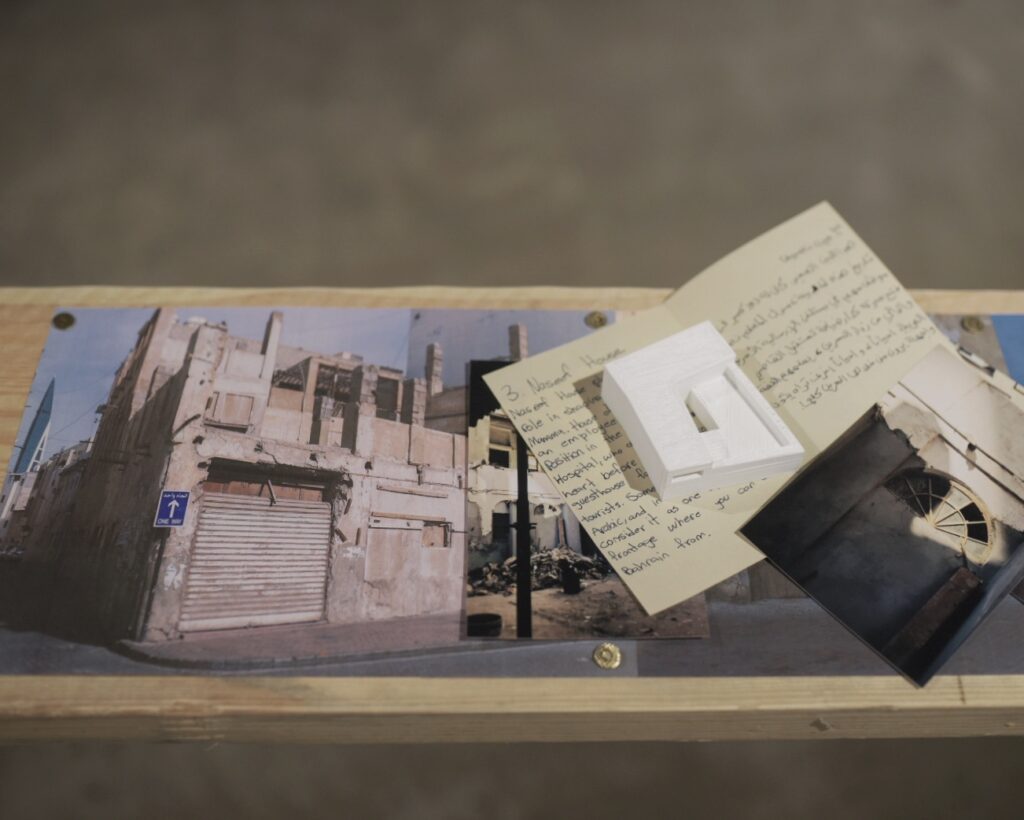
As his understanding of the city deepened, Jaffar began conducting tours for university colleagues and documenting his discoveries on his blog. Jaffar's academic experience exposed him to international architectural influences, but he noticed a lack of representation for Bahrain, his homeland. In response, he initiated organized city walks, sharing the knowledge he had gained throughout his blog, Urban Journey, which he launched in 2015. "The common finding is that even though Bahrain is a small country, it is still part of an international exchange and intricately linked to an international architectural and design dialogue," expressed Jaffar. Recognizing this broader context greatly influenced his approach to architecture and design.
"What is unique for Manama is that it evolved from being a commercial center rather than political initiatives or after a well-known individual. When discussing the Gulf's historical milestones, Manama boasts several pioneering achievements. These include the establishment of the first municipality, the inauguration of the Gulf's inaugural school, the introduction of the first girls' school in the Gulf, the inauguration of the first open market, and the development of the first open harbor," added Jaffar.

Jaffar's artistic journey also played a significant role in his exploration. He began experimenting with multiple exposures in photography, using it as a medium to convey the complexity and layers of Manama's urban landscape. This led to his first art exhibition at Al Riwaq, showcasing the interplay between historical architecture and the city's growth. "The Nest event took place at Adliya 338, a renowned district in Manama City. My work was displayed in two distinct formats: as a public art installation on the street and as fine prints showcased in a gallery setting," explained Jaffar.
His experiences also ultimately shaped his professional career as a design team leader. Jaffar's approach is grounded in a philosophical understanding of design, emphasizing authenticity and research. He conducts three types of research for each project: site analysis, historical study, and user research. This meticulous approach aligns with the architectural theory of forces in architecture, which considers all inputs as factors in the design process. "The 'first' space is the home. The 'second' space is work. The 'third space' idea is based on a common architectural theory. It says we have two main spaces: home and work. The 'third space' is where we find comfort and express ourselves. Nowadays, this can include public places where we spend a lot of our time," explained Jaffar.
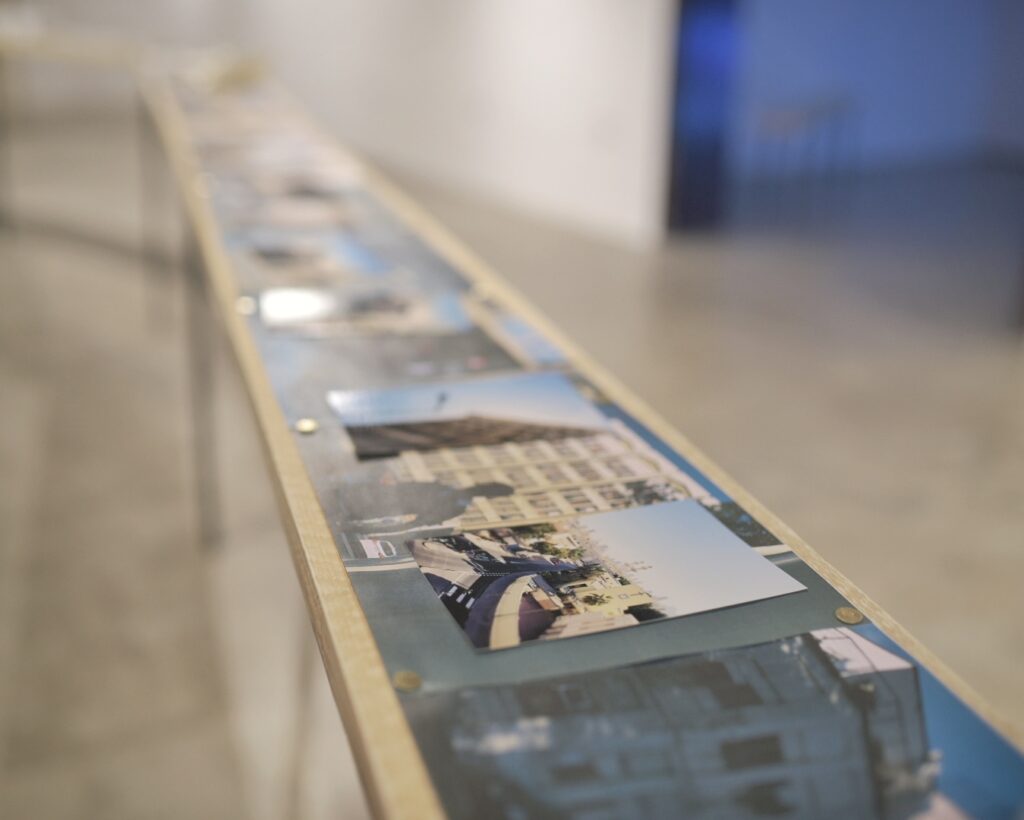
In 2022, Jaffar was selected to join the subcommittee for Souq Al Manama, a testament to his deep knowledge and commitment to the city. This role further underscored his sense of responsibility to preserve the city's history, culture, and future identity. He also co-founded Manama Lab, a multidisciplinary practice, to bridge gaps in urban development and contribute to the city's growth while respecting its organic evolution.
Throughout his journey, Jaffar has remained connected to his roots, continuing to lead city tours and sharing his passion for Bahrain's rich cultural heritage. His story is one of dedication to preserving authenticity, embracing change, and guiding the future of a city he holds dear to his heart.
Images courtesy of Jaffar Al Haddad
Words by Marsya A. Abdulghani

